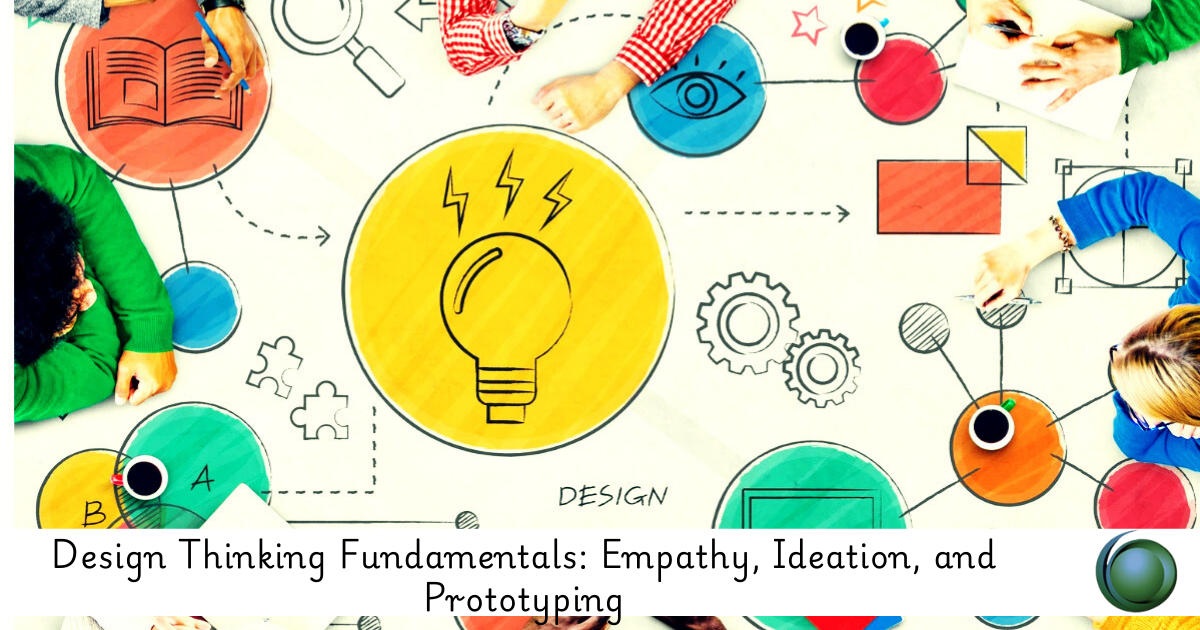Description
Introduction
Design Thinking is a human-centered approach to innovation and problem-solving that emphasizes empathy, creativity, and collaboration. It encourages teams to focus on understanding the needs of users, challenging assumptions, and redefining problems to identify alternative strategies and solutions. This iterative process helps create innovative solutions to complex problems by keeping the end user at the core of the design process. Design Thinking is used in a wide range of industries, from product design and software development to business strategy and organizational management.
Prerequisites
- Basic Understanding of Problem-Solving Techniques
- Knowledge of traditional problem-solving methods and an openness to innovative approaches.
- Creativity and Open-Mindedness
- Willingness to explore new ideas and challenge traditional thinking, focusing on user needs and experiences.
- Team Collaboration Skills
- Ability to work effectively with cross-functional teams and stakeholders from various backgrounds.
- Understanding of the Design Process
- Familiarity with design or development cycles, from ideation to prototyping and testing.
- Empathy and User-Centered Focus
- A mindset that values the end-user’s experience, needs, and feedback in the design process.
TABLE OF CONTENT







Reviews
There are no reviews yet.